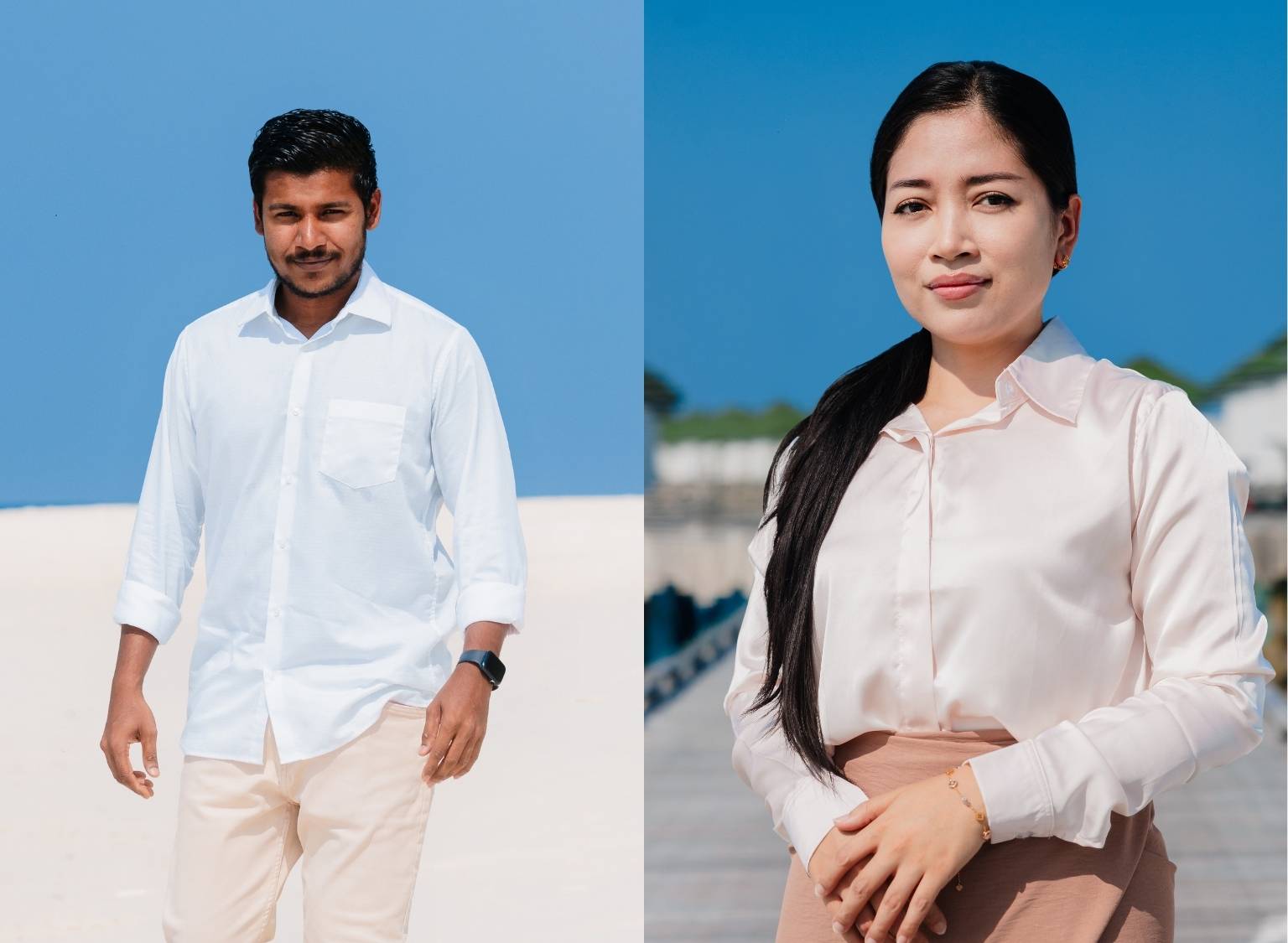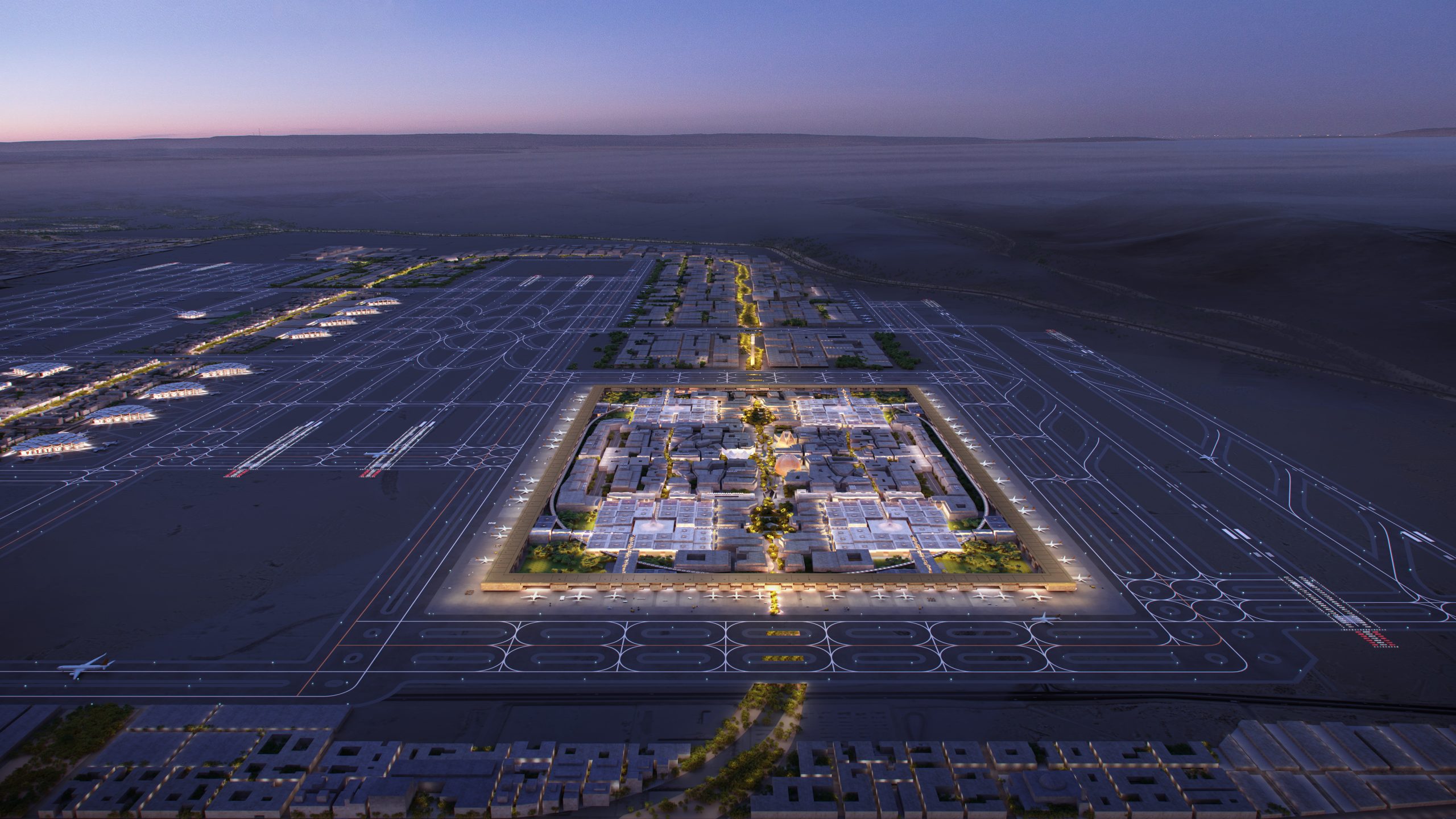As 2025 takes off, Saudi Arabia is rapidly establishing itself as one of the world’s most exciting aviation frontiers. From vast futuristic hubs to culture-infused regional terminals, the upcoming airports in Saudi Arabia are set to redefine global travel. The Kingdom’s ambitious airport development strategy isn’t just focusing on planes and runways. Instead, it is actively rewriting the global narrative of travel, tourism, and logistics. Powered by Vision 2030, Saudi Arabia is transforming its skies into gateways of opportunity, sustainability, and immersive experience.
A New Era of Airports: Bold Designs, Bigger Dreams
1. King Salman International Airport: Riyadh’s Global Crown Jewel
At the heart of Saudi Arabia’s aviation revolution, King Salman International Airport (KSIA) in Riyadh is taking shape as one of the world’s largest airports. Developers have planned it across 57 square kilometers, with six parallel runways and an annual capacity of 120 million passengers by 2030. This will rise to a staggering 185 million by 2050.
Notably, it’s not just about numbers. In fact, Foster + Partners designed the airport to fuse Saudi heritage with cutting-edge technology and sustainability. Engineers are targeting LEED Platinum certification, installing renewable energy systems, and integrating low-carbon design features to pioneer green aviation. As a result, this hub does more than move people. It creates a city within a city, complete with retail zones, logistics centers, entertainment districts, and residential areas. The project is expected to generate 150,000 jobs and contribute SAR 27 billion to non-oil GDP, cementing its role as a national economic engine and a magnet for global tourism.
2. Red Sea International Airport: The Luxe Arrival
Meanwhile, the Red Sea International Airport offers a striking alternative to traditional travel hubs. It acts as a bespoke gateway to one of the world’s most exclusive eco-tourism destinations. Nestled between desert dunes and turquoise waters, the airport caters specifically to the luxury traveler.
Authorities opened it for international flights in 2024 and aim to welcome up to one million tourists annually by 2030. To that end, designers crafted a serene and sustainable environment, using natural ventilation, shaded structures, and 100% renewable energy. Consequently, passengers enjoy private spa-equipped departure pods and direct luggage delivery to resort suites. This isn’t just travel; rather, it’s an immersive arrival that forms part of the destination itself.
3. NEOM Bay Airport: The Smart Gateway to Tomorrow
In contrast, NEOM Bay Airport, part of Saudi Arabia’s groundbreaking NEOM project, embodies the future of connected, intelligent travel. Engineers have implemented biometric smart gates, digital towers, and AI-powered operations to make it a global innovation showcase.
Looking ahead, planners designed it to eventually handle 100 million passengers. Moreover, the airport emphasizes principles of regenerative tourism and frictionless access to a city built on sustainability and advanced technology. For this reason, future-minded travelers will see NEOM Bay as more than an entry point. Instead, it previews what’s next.
4. Taif and Malham Airports: Strategic Regional Enhancements
In addition to these megaprojects, Saudi Arabia is advancing regional development through new projects like Taif International Airport and Malham Airport. The Taif facility, built via a Public-Private Partnership, aims to serve 2.5 million annual passengers by 2030. This effort will support Umrah pilgrims and domestic travelers alike. Furthermore, Malham, just north of Riyadh, will operate as a specialized hub for general aviation, expected to manage 25,000 flights annually. This makes it an essential asset for business and event travel.
1. Abha International Airport: A Gateway to the Aseer Highlands
Located in the mountainous Aseer region, the upcoming expansion of Abha’s terminal showcases culturally embedded design. Drawing inspiration from the UNESCO-listed village of Rijal Almaa, the terminal will grow from 10,500 m² to 65,000 m². Specifically, architects have chosen natural stone finishes, terraced landscaping, and climate-sensitive architecture to immerse travelers in the soul of southern Saudi Arabia. Once completed in 2028, the terminal will serve up to 13 million passengers annually. This marks a major leap from its current 1.5 million.
2. AlUla International Airport: Where Heritage Takes Flight
Similarly, AlUla International Airport, the aerial gateway to Saudi Arabia’s most historic landscapes, is undergoing a transformation that blends archaeology with luxury. In phase two, developers will add a terminal capable of handling 6 million passengers annually. The design mirrors AlUla’s “living museum” identity, incorporating sandstone walls, natural lighting, and integrated cultural installations. Additionally, exclusive features like a five-star hotel and wellness lounges position AlUla as a premium global tourism destination.
3. King Abdulaziz Airport, Jeddah: AI Meets Pilgrimage
Back on the western coast, King Abdulaziz International Airport in Jeddah is pioneering digital aviation by deploying 70 AI-powered e-gates. These smart systems use biometric facial recognition to streamline immigration and security, particularly during Hajj and Umrah. Consequently, this leap in airport automation strengthens security, enhances efficiency, and positions Jeddah at the forefront of global airport digitization.
Saudi Skies: The Takeoff of a Global Aviation Powerhouse
Clearly, Saudi Arabia’s airport evolution goes beyond infrastructure. Instead, it drives a national rebrand in motion. With this in mind, the Kingdom aims to host 330 million passengers annually and reach over 250 destinations by 2030, aligning tourism, technology, and sustainability under one sky.
From one end of the Kingdom to the other, from Riyadh to AlUla and from the Red Sea to NEOM, the upcoming airports in Saudi Arabia are becoming destinations in themselves. These airports are architectural icons, cultural ambassadors, and catalysts for economic transformation. Ultimately, as the global aviation industry looks to the future, Saudi Arabia isn’t just joining the conversation. On the contrary, it’s leading it.








